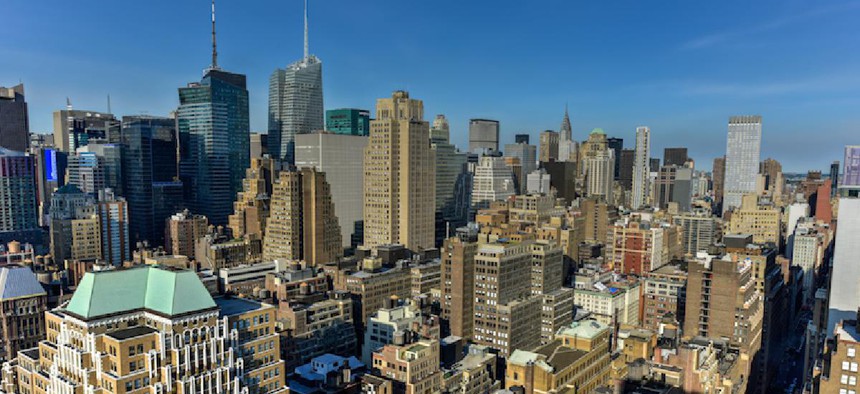Opinion
How a pied-à-terre tax could help solve New York City's housing crisis

It’s not an understatement to say that every time we think it can’t possibly get more expensive to live in New York City, somehow it does.
Rent burdens, overcrowding, homelessness and essentially every other indicator of housing stress are at the highest level in modern history and continue to climb. To change these trends, we primarily need to build more homes not just in New York City, but in the entire New York Metropolitan Region – a lot more. The Regional Plan Association has estimated that homebuilding in the region will have to increase 50 percent from its current rate just to keep our housing crunch from getting even worse.
But building our way out of this crisis is only one piece of the puzzle. We also need to better leverage our housing inventory, especially in places where land is scarce and building new homes is difficult. One way to do that is through policies like a tax surcharge on second homes in the New York City (or a pied-à-terre tax) designed to get mostly unused apartments back on the housing market. Such a tax has been proposed in Albany before, although it hasn’t gotten far.
RELATED: Vacant lots and properties could house NYC's homeless
This issue of homes being kept off the market is not minor, and goes well beyond a few midtown towers. There are 54,764 apartments in New York City that are vacant, according to the 2014 Housing and Vacancy Survey – but not really. These are apartments used for “seasonal, occasional, or recreational use” – i.e., pieds-à-terre or second homes (there are also another 127,807 vacant homes off the market for other reasons, most commonly because they’re undergoing or awaiting renovation). To put this in perspective, there are less than 100,000 homes in the five boroughs that are actually on the rental or sales market.
The majority of these second homes are in Manhattan, where land costs and housing prices are highest. Another survey, the American Community Survey, puts the number of pieds-à-terre in Manhattan alone at 43,990. That’s more second homes than all but 11 counties in the United States.
In places without a housing crunch, second homes can bring some benefit, adding property taxes and contributing to the local economy. But in a city with a perpetual housing shortage like New York, every apartment off the market just means less supply and higher housing costs for the people who live here full-time.
A tax surcharge on these second homes will lead to one of three things. First, the owner might simply choose to pay it, bringing in more revenue for the city. Second, someone might choose to make their second home their primary residence, meaning they’d then pay New York City income tax, also bringing in revenue for the city. Or third, they may choose to sell or rent the home for full-time residency, not only helping the housing crunch by creating an actual vacancy, but also contributing to street vitality and the local economy.
RELATED: The City Council's fair share bill is unfair to homeless families
To be clear, this tax should apply to all second homes, not just foreign buyers or investors. An empty apartment is an empty apartment, whether someone in California or Chile owns it. And this isn’t a new problem either – as early as 1993 New York City had almost 40,000 pieds-à-terre, well before seeing stories of rich foreign investors storing money in luxury New York City real estate. The idea isn’t to target any particular group of second homeowners – it’s to get apartments back on the market.
And it only takes a relatively small amount of additional supply to make an impact. If you put just half of those 54,000 second homes in New York City back on the market, the rental vacancy rate in New York would be higher than anytime since the Housing and Vacancy Survey first started keeping track in 1960.
Other cities with housing crunches are moving toward similar policies. Paris has just tripled their tax surcharge for second homes. Last year the conservative government in the United Kingdom instituted a tax for buyers of second homes, although it’s a one-time fee. Vancouver has also sought to curb second home use through an empty homes tax.
If we are going to solve our housing crisis, we need to utilize a wide array of approaches – less restrictive zoning, easy and legal conversions from single-family to multifamily use, and affordable housing policies that encourage denser, mixed-income neighborhoods across the board, not just in a few places. Getting more second homes back on the full-time market needs to be one of these approaches as well.
Moses Gates is the director of community planning and design for the Regional Plan Association.
NEXT STORY: Learning from Harvey and Sandy